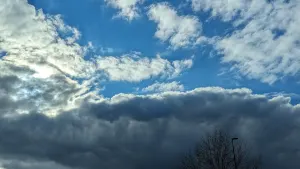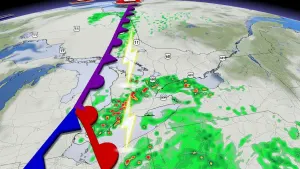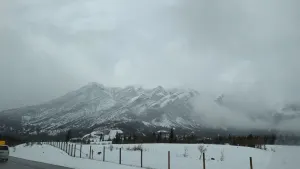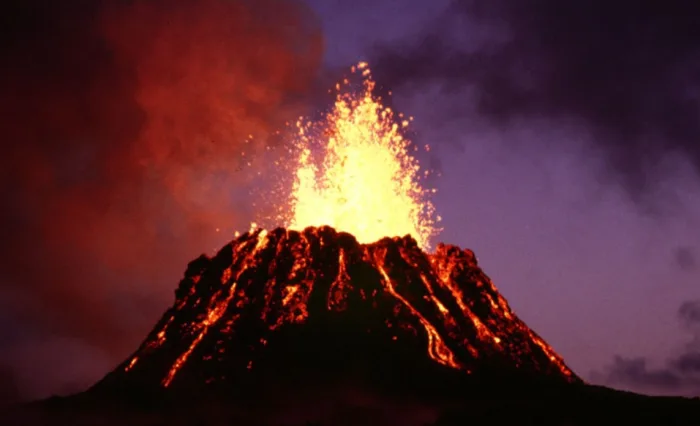
New lake larger than 5 football fields forms in Hawaiian volcano
Scientists aren't sure what impact the new lake could have on volcanic activity.
Kilauea is a shield volcano, and one of the most active of the five volcanoes that form Hawaii.
It is between 210,000 and 280,000 years old, and its latest bout of activity occurred between 1983 and 2018, a decades-long period of constant emissions. The event ended in May 2018 with a large eruption that lasted for nearly three months.
During the 2018 lower Puna eruption, two dozen lava vents erupted, causing widespread property damage. It was accompanied by a Magnitude 6.9 earthquake on May 4 that forced the evacuation of nearly 2,000 residents.
At the time of this writing, Kiluea is not erupting and an April 2020 assessment by the U.S. Geological Survey detected only "low rates of sulfur dioxide emissions and only minor geologic changes since the end of eruptive activity in September 2018."
Still, there is plenty for scientists to study. One of the latest observations to come to light is courtesy of NASA, which used its Lansat 8 satellite to capture the formation of a giant, new, water-filled lake.
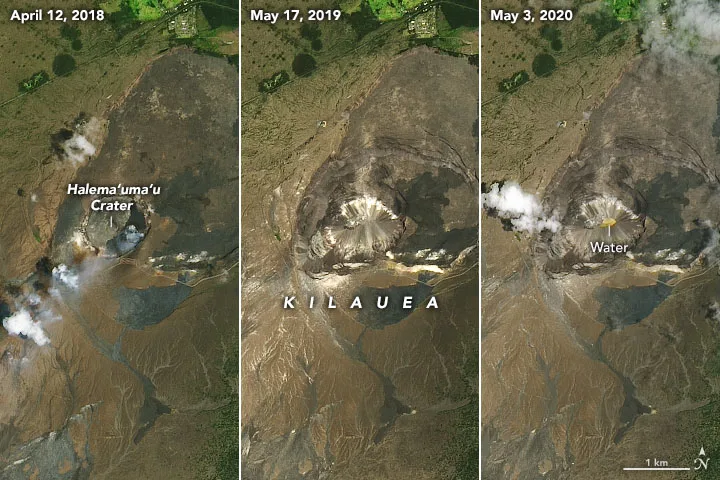
The sequence of satellite images above shows Halema‘uma‘u crater before the lava lake drained (left), after the caldera floor had collapsed (middle), and after water pooled on the crater floor for nine months (right). The Operational Land Imager (OLI) on Landsat 8 acquired all three natural-color images. Image and caption courtesy: NASA/USGS
The pond is the result of the 2018 incident.
Prior to the eruption, a large lava lake bubbled within Kilauea’s summit caldera in the southeast part of Halema‘uma‘u, but the lower Puna event drained the lava lake and caused part of the caldera floor to collapse.
Things were quiet for about a year. Then, in July 2019, helicopters noticed water pooling in Halema‘uma‘u crater's lowest point, with levels continuing to rise steadily.
"Today, the lake—now with a rusty brown sheen on its surface due to chemical reactions taking place in the water—has an area larger than five football fields combined and a maximum depth of roughly 30 meters (100 feet)," NASA says.
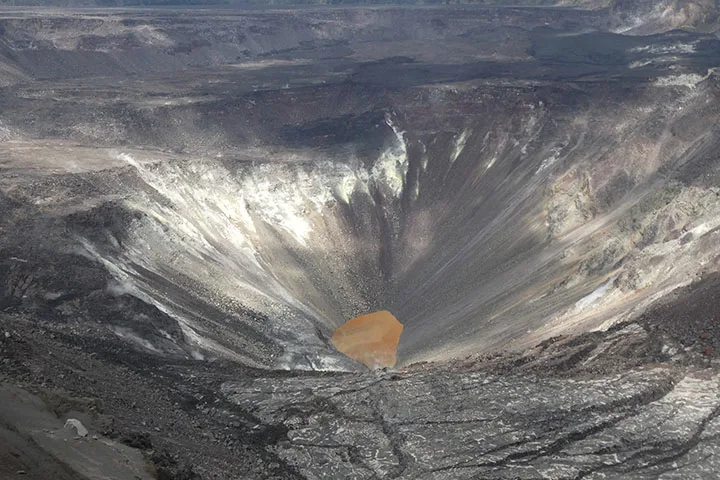
When the lava lake was present, it appeared in the southeast part of Halema‘uma‘u, though a crust of partially solidified lava on its surface made it appear gray from above. After the caldera collapse, the terrain surrounding the lake changed dramatically, including the formation of a new 140-meter cliff (thin dark line) north of the crater. This photo taken on April 21, offers a better sense of scale. Image and caption courtesy: NASA/USGS.
WHAT HAPPENED?
Don Swanson, a volcanologist at the U.S. Geological Survey’s Hawaiian Volcano Observatory, says the explanation for the new lake is simple.
“We have a drill hole a little more than one kilometre south of the crater where we measure the level of the water table,” he tells NASA.
“We know that the crater floor dropped a little more than 70 metres below the water table in 2018. Any time that you punch a hole below the level of the water table, water is eventually going to come in and fill that hole.”

File photo of Kilauea in 1983. Courtesy: Wikipedia.
WHAT DOES THE NEW LAKE MEAN FOR KILUEA?
Scientists will be keeping a close eye on the volcano to monitor how the new pond will change activity at Kilauea, if at all.
The quantity of water and gases that get caught up within magma is one of the key factors that control explosive volcanic eruptions, NASA says.
If magma has a high concentration of dissolved gases and steam, pressure builds and can result in explosive eruptions -- which has occurred at Kilauea about 60 per cent of the time over the last 2,500 years.
But over the past 200 years, activity at Kilauea has been calmer. If pressure doesn't build up, lava flows gently to the ground. This has been the most common scenario over the past two centuries.
Swanson says there are two possibilities that could lead to another explosive eruption.
VIDEO: A LOOK BACK AT THE 2018 ERUPTION
“In one case, magma could rise quickly up the conduit and intersect with the lake,” he says.
“In the second, the crater floor could collapse and drop all of the water down to a zone where it would be quickly heated into steam.”
Experts aren't sure what will happen next at Kilauea.
“The next eruption could happen slowly and the water could evaporate,” Swanson said.
“We do not want to be alarmist, but we also need to point out to the public that there is an increasing possibility of explosive eruptions at Kilauea.”
Scientists will be looking for signs to better predict how Kilauea will react to its new waterway.
“Is the volcano in the process of reverting back to an explosive period that may last for centuries?” said Swanson.
“Or is this just a little blip, and we are going to return to quiet lava flows like we had during the 19th and 20th centuries? Only time will tell.”







